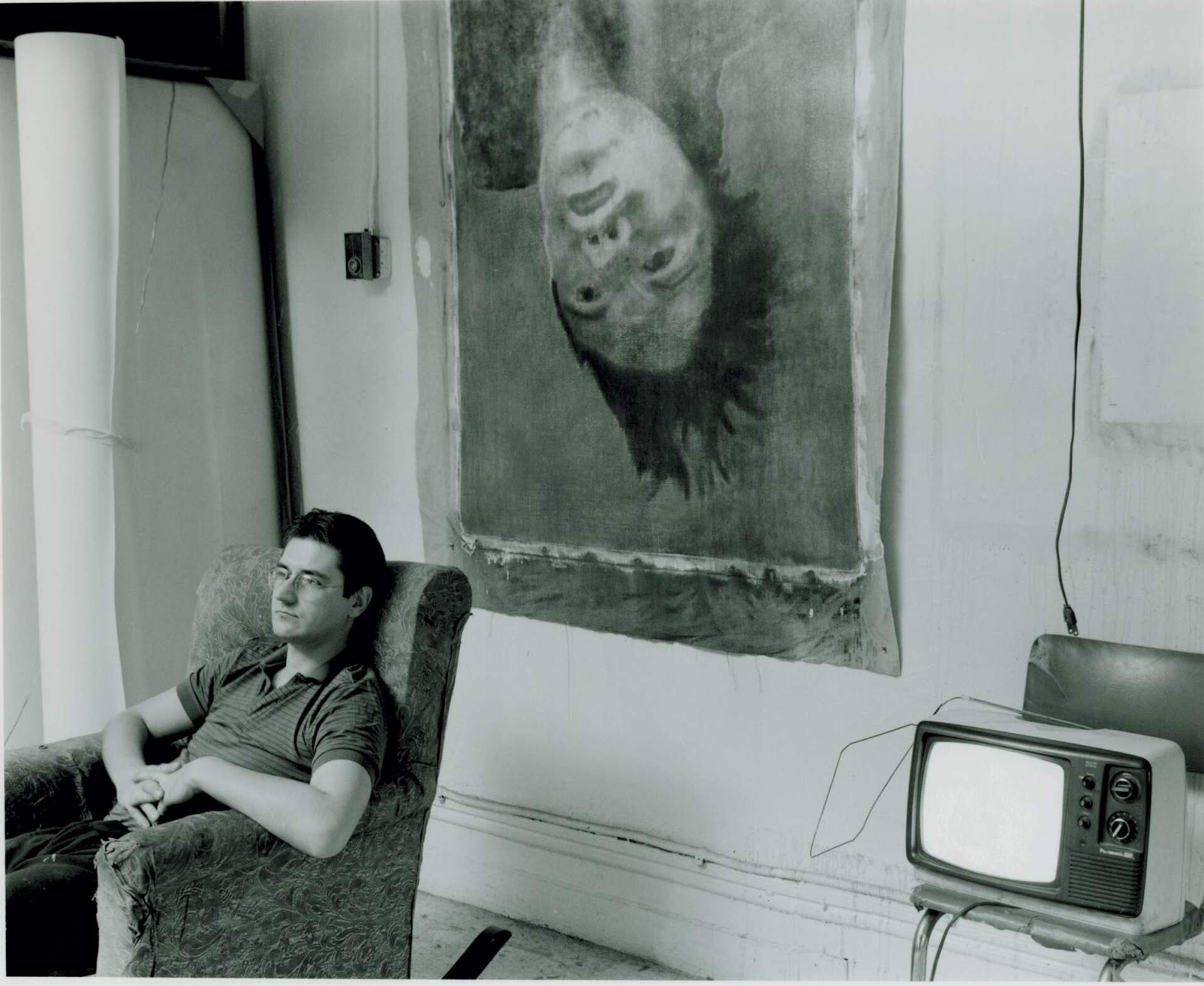Michael Zwack
(1949-2017)
While Buffalo-native Michael Zwack studied sculpture at Buffalo State College until 1970, his critically acclaimed body of work delves into a variety of media, including pastel and photographic manipulation. Before moving to New York City in 1977, Zwack co-founded Hallwalls Contemporary Arts Center along with Buffalo artists Cindy Sherman, Charles Clough, Nancy Dwyer and Robert Longo in 1974.
Zwack’s work creates a contrived sense of reality through commoditized images. He spent much of the 1980s and 90s manipulating photographs from European magazines with sfumato and coatings of linseed oil to produce eerie, blurred generalizations of portraits and locations. Zwack is best known for his ghostly tropical landscapes, assembled from recombined images of commercial landscape photographs that transform into fantasy locales when redrawn with raw pigment.
“I want to seduce people into worlds that they may not ordinarily take themselves—into a world of morality, a world of humanity, where everything reverberates with potential meanings; a place where everything is alive, a place where it is difficult to deny reality,” Zwack said of his landscapes.
Zwack has also experimented with sculpture throughout his career, focusing primarily on bronze cast and concrete sculpture.
In the early 2000s, Zwack became fascinated by Haitian ritual, language and community. He began painting and drawing landscapes from photos he shot in Haiti, his work gradually transitioning toward abstraction of Haitian cultural elements. After a four year hiatus, he exhibited at the Burchfield Penney Art Center from December 2005-February 2006 along with mixed media artist Andrew Topolski. Zwack has exhibited nationally and internationally and his work is included in a variety of prominent collections such as the Metropolitan Museum of Art and the Brooklyn Museum.
In 2009, Zwack was associated with prominent The Pictures Generation 1974-1984 exhibition at The Metropolitan Museum of Art. It was at this showing that this tightly knit group of artists brought the lessons of self-reflexive and critical principles of Minimal and Conceptual art to bear on a return to recognizable imagery, exploring how images shape our perceptions of ourselves and the world. [1]
